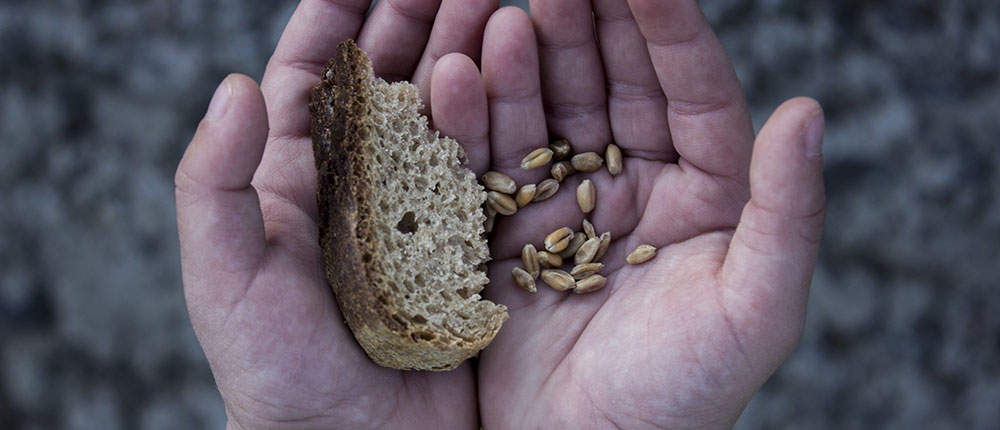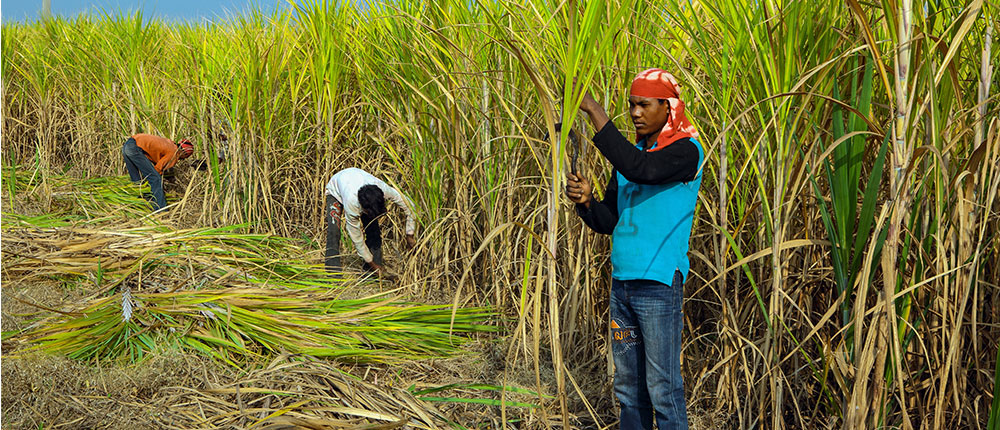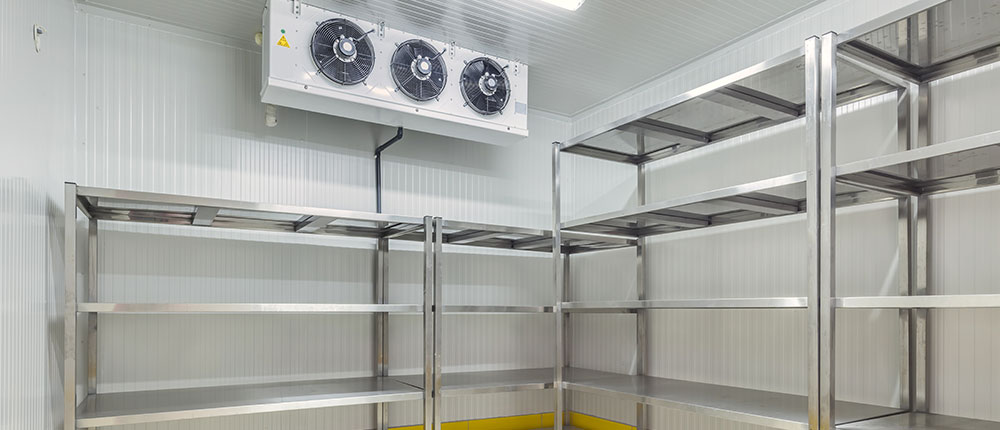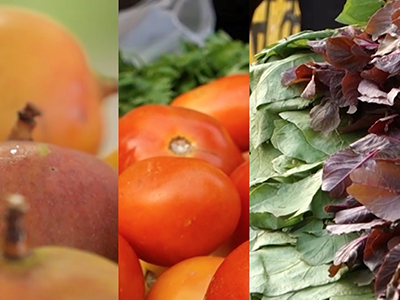While the world is in the grip of the COVID-19 pandemic, countries are taking the strongest measures to avoid the potential impact of this crisis on their citizen's lives, economy, and healthcare.

Many families in India survive on daily wages and the current lockdown has disrupted the lives of these families. How can we ensure a normal life for our citizens as far as food security and healthcare are concerned? What can be done to minimise food waste at the local level? Does India have sufficient food stock and required healthcare facilities in case the countrywide lockdown extends again? Policymakers at the Centre and State level, along with industry and civil society, are looking to address these issues.
India is one of the largest producers of food and medicinal products in the world. However, the major challenge we face is providing food and healthcare products to the right people at the right place and at the right time. The food grains production for India is estimated to hit a record high of 291.95 million tonnes which is 2.36% higher than the previous year as per second advance estimates for 2019-20 by the Ministry of Agriculture & Farmers Welfare. This record production of food grains with above-average production for most of the crops in India is attributed to a 10% increase in the cumulative rainfall in the country during the last monsoon season. But that's only one side of the coin.
According to the Food and Agriculture Organization of the United Nations, one-third of food produced for human consumption is lost or wasted globally which amounts to about 1.3 billion tonnes per year. India is no different in this aspect where about 40% of the food produced is lost or wasted. According to IBEF, India has the third-largest pharmaceuticals market in terms of volume and the largest supplier of generic medicines globally. India is still suffering from the unavailability of affordable healthcare services to its citizens in remote rural areas.

In this hour of a global outbreak, the wastage of food can prove to be another disaster we can't afford. The COVID-19 outbreak has spread in India at a time when the crops are ready to be harvested. Due to restrictions on non-essential travel/movement, a shortage of farm workers has led to delay in the harvesting of crops which will hamper our food production. The farmers and farm labourers are at the receiving end of this undesirable situation and the food is getting lost due to issues in the supply chain.
The wastage and loss of food could be minimised with a better prevalence of cold chain market and infrastructure in the country. A cold chain infrastructure includes temperature-controlled storage space, and transportation, trained operational, and servicing personnel with efficient management procedures. The temperature-controlled storage spaces include pack-houses, ripening chambers, and bulk & hub cold storages which keep the perishables safe, delay degradation, and improves shelf life. Refrigerated transportation (reefer) is a critical element of the cold chain as it ensures the safety and temperature of the products during their movement. The presence of well-trained O&M personnel, along with effective management procedures, accounts for smoother working of the cold chains. The cold chain infrastructure can also maintain the quality of vaccines and temperature-sensitive medicines from the time of their manufacturing to the point of administration and thus, adds to a robust healthcare system.
Recently released India Cooling Action Plan (ICAP) emphasises the cold chain infrastructure and discusses the gaps and opportunities country can leverage from providing the cold chain facilities at the rural level as far as food security, improving farmer income and healthcare services are concerned. The action plan reports that India has a large inventory of cold storages or refrigerated warehouses, but on the other hand, the remaining elements of cold chain infrastructure–pack houses, reefer transport, and ripening chambers—are largely missing.

There is a huge potential in the cold chain sector and the availability of cold chains at a decentralised level to tackle the food and vaccine loss & wastage should be pushed at the policy level. The outreach of cold chain infrastructure to farmers in India should be the target to ensure food security and healthcare in the country. This ambition of outreach can have multiple benefits for all including the direct benefit to farmers, optimised supply chain, reduced wastage & loss of food and medicine, reduced greenhouse gas emissions from the food waste, and food security for all in the county.
There are various ways to promote cold chains in the country. Firstly, the removal of regulatory framework roadblocks to ease of doing business in the cold chain sector can facilitate innovative entrepreneurial spirit. Secondly, there is a need for a business model for cold chain industry in India that can be applied at the local level and that can ensure the involvement of the farmers. Thirdly, the industry should come with cost-effective solutions for temperature-controlled storage spaces and transportation as the initial investment required in the cold chain sector is huge. Moreover, the optimisation of the supply chain of perishables can ensure the reduction in food wastage and better utilisation of food stock. Having a robust cold chain infrastructure with effective policy support and implementation strategy can go a long way in unprecedented times such as now.

